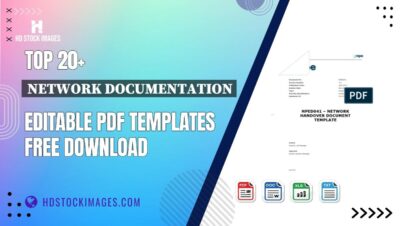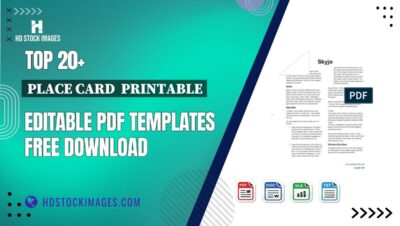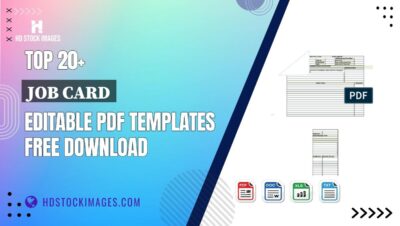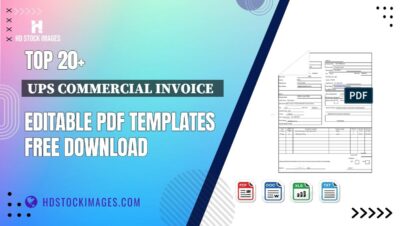Introduction to LinkedIn Message Read Receipts

Ever wondered if your LinkedIn messages are actually being seen? You're not alone! LinkedIn's message read receipts can provide insight into your communication, but many users are uncertain about how they function. In this post, we’ll break down what read receipts are, why they matter, and how they can improve your networking experience on
Also Read This: How to Know if Someone Has LinkedIn Premium: Identifying Premium Profiles
How Read Receipts Work on LinkedIn
Read receipts on LinkedIn are a feature designed to enhance communication by letting you know when your message has been read. It’s similar to other messaging platforms, but with its own quirks. Here’s how it works:
- Sending a Message: When you send a message on LinkedIn, it appears in the recipient’s inbox. If they have read receipts enabled, you’ll eventually see a small "seen" indicator next to your message.
- Recipient's Options: The recipient can choose to read your message without informing you. If they have read receipts turned off, you won’t know if they’ve seen your message.
- Mobile vs. Desktop: The experience can differ between mobile and desktop versions. On mobile, you might get a quicker notification, while on desktop, it could take a moment longer.
Here’s a quick overview of the visibility aspects:
| Feature | Visible to Sender | Condition |
|---|---|---|
| Message Sent | Yes | Always |
| Message Read | Yes | Recipient has read receipts enabled |
| Recipient's Read Receipt Status | No | Recipient has disabled read receipts |
So, if you’re waiting for a response, it’s good to remember that a lack of "seen" underneath your message doesn’t always mean your recipient has ignored you. They might just prefer their privacy!
Understanding how read receipts function can help you navigate your LinkedIn communications more effectively. It’s all about making connections and ensuring that your conversations are meaningful.
Also Read This: How to Add a Resume to LinkedIn: Step-by-Step Instructions
3. Can You See If Someone Has Read Your Message?
Have you ever sent a LinkedIn message and wondered whether the recipient actually opened it? With LinkedIn's read receipts feature, you may have a tool to ease your curiosity. When you send a message, an indication appears when the recipient has read it — but this isn’t always straightforward.
First, it’s essential to know that read receipts are optional. Users can choose to enable or disable this feature in their privacy settings. If you’re someone who values keeping tabs on your messages, you might feel a bit frustrated when you don’t see a read receipt. On the flip side, if the recipient has chosen to disable this feature, you won’t know if they’ve read your message.
So, what does this mean for your communication strategy? Here are a few key points to consider:
- Respect Privacy: Some users prefer to keep their reading habits private. This choice is part of maintaining a professional online presence.
- Focus on Content: Instead of worrying about whether someone has read your message, focus on crafting engaging content. An interesting message might prompt a quicker response than knowing it was read.
- Follow Up: If you don’t get a response, it’s perfectly acceptable to follow up, regardless of whether you saw a read receipt. A gentle nudge can often reignite a conversation.
In conclusion, while LinkedIn’s read receipts can be helpful, they are not a definitive gauge of engagement. Always consider the human element in communication. Messages can be read and still go unanswered for various reasons, so don’t be disheartened!
Also Read This: How to Block a Company on LinkedIn and Customize Your Feed
4. Importance of Read Receipts in Professional Communication
In the world of professional networking, understanding whether your messages are being read can significantly influence your communication approach. Let’s delve into why read receipts are important and how they can enhance your professional interactions on LinkedIn.
First and foremost, read receipts provide a layer of accountability. When you send a message, knowing it has been read can encourage both you and the recipient to engage in a more timely manner. This can be especially useful when:
- You’re following up on a job application or proposal.
- You’re trying to connect with potential collaborators, and timely responses can lead to new opportunities.
Moreover, read receipts can help in managing expectations. If you sent a message and see that it’s been read but there’s still no reply, you might adjust your follow-up strategy accordingly. For instance, you might choose to wait a bit longer or follow up with additional information. This helps in maintaining a professional demeanor.
However, it’s crucial to strike a balance. While read receipts can enhance communication, relying too heavily on them can cause unnecessary anxiety. Here are some tips for using read receipts effectively:
| Tip | Description |
|---|---|
| Stay Flexible | Understanding that people may not respond immediately, regardless of read receipts, can help you maintain professionalism. |
| Be Gracious | If you see a read receipt but don’t receive a response, consider reaching out politely rather than jumping to conclusions. |
| Use Insights Wisely | Use the information from read receipts to inform your next steps, but avoid letting it dictate your entire approach. |
In summary, read receipts can play a vital role in professional communication on LinkedIn. They help create a clearer dialogue and foster better connections. Just remember to use them as a tool, not a crutch!
Also Read This: How to Add CFP Certification to Your LinkedIn Profile
5. How to Manage Your Read Receipts Settings
Managing your LinkedIn read receipts settings is an essential part of controlling your interaction on the platform. LinkedIn offers flexibility in how you communicate with your connections, and knowing how to adjust these settings can enhance your networking experience. Here’s a straightforward guide to help you navigate this feature:
Step 1: Access Your Settings
To get started, click on your profile picture in the top right corner of your LinkedIn homepage. From the dropdown menu, select “Settings & Privacy.” This will take you to a page where you can customize various aspects of your LinkedIn account.
Step 2: Find the Messaging Settings
Once you're in the Settings & Privacy section, look for the “Communications” tab on the left sidebar. Under this tab, you’ll see options related to messaging, including read receipts. Click on “Messaging experience” to access these options.
Step 3: Adjust Your Read Receipts
In the messaging experience settings, you will find an option labeled “Read receipts and typing indicators.” Here, you’ll have the choice to turn read receipts on or off. If you prefer more privacy and don’t want others to know when you've read their messages, simply toggle the setting to off.
Step 4: Save Your Preferences
After making your selection, ensure that you save your changes. LinkedIn usually saves these settings automatically, but it’s always a good idea to double-check. Once adjusted, your choices will dictate how your interactions unfold on the platform.
By managing your read receipts, you can create a more comfortable messaging environment. Whether you want transparency or prefer to keep things more private, LinkedIn has you covered. Just remember, whatever setting you choose, it will affect how others perceive your engagement on this networking site.
6. Common Misconceptions About LinkedIn Read Receipts
LinkedIn read receipts can sometimes cause confusion among users. Let’s clear up some of the most common misconceptions surrounding this feature:
- Misconception 1: Read Receipts Are Always Accurate
Many users believe that if LinkedIn shows a message as “read,” the recipient has seen it. However, this isn’t always true. If someone has read the message notification on their mobile device or has their settings configured to hide read receipts, the sender may never know if it was truly read. - Misconception 2: You Can’t Disable Read Receipts
Some people think LinkedIn doesn’t allow users to disable read receipts. In reality, as we discussed earlier, you have the option to toggle this feature on or off under your settings. So, if you prefer keeping your read status private, you can easily do so! - Misconception 3: Everyone Can See When You Read Their Messages
There’s a common fear that anyone you message will be notified as soon as you read their message. While this is true if you have read receipts enabled, remember that if the recipient also has them turned off, you won’t get notified either. It’s a two-way street! - Misconception 4: Read Receipts Are Available to All Users
Some users assume that everyone on LinkedIn can see read receipts. The truth is, this feature is primarily available for LinkedIn Premium members. Basic members may not enjoy the same level of visibility, which can lead to misunderstandings. - Misconception 5: Disabling Read Receipts Makes You Seem Rude
Lastly, many worry that turning off read receipts may come across as unfriendly or evasive. However, it’s perfectly acceptable to prioritize your privacy. Networking is about building relationships, and taking control of your communication settings can help you feel more comfortable.
By understanding these misconceptions, you can navigate LinkedIn messaging with more confidence. Remember, effective communication is about clarity, and being informed about how read receipts work is a step in the right direction!
 admin
admin








